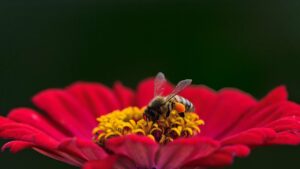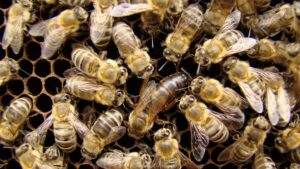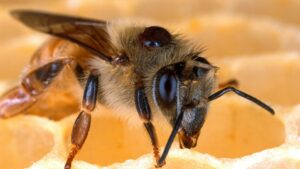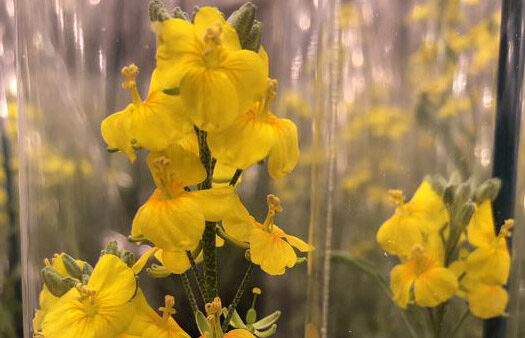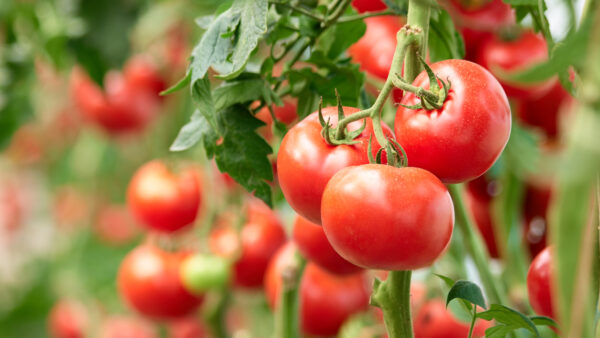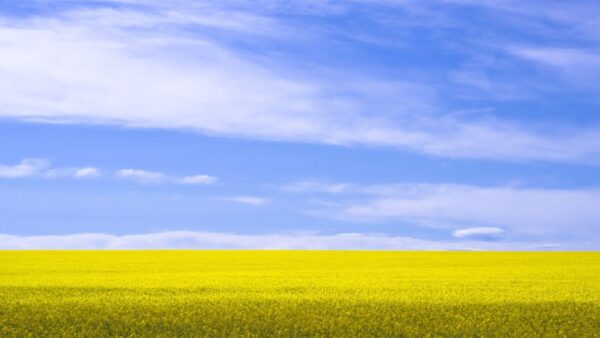In 2018 the EU had 17.6 million honeybee hives, managed by 650,000 beekeepers. These hives altogether produced 280,000 tonnes of honey. Beekeeping is practiced in all EU Member States where, together, they are the world’s second largest honey producer.
Despite millions of hives, people are worried about honeybees. Ask any number of people on the street, and most will claim honeybees are disappearing.
Wrong!
Compared to 2017, the 2018 17.6 million hives in the EU was up 5.5 percent (16.7 million hives). Fifteen years earlier in 2003, the number of hives in the EU stood at a meagre 8.9 million. At a global level in 2019 there were 90.11 million beehives, increasing from 89.56 million beehives the previous year. According to the FAO, managed hives have increased worldwide by 83 per cent since 1961.
What’s the Deal With Beepocalypse?
The problem is the general public confuses bees with honeybees. There are around 20,000 different species of wild bees and while there are 10 bee species that produce some amount of honey, it is the honeybee (Apis mellifera) that specifically produces honey, as honey is their primary source of food.
Honeybees are native to Asia, Europe and Africa but nowadays are found everywhere except Antarctica. Humans have managed honeybees for thousands of years as beekeeping has always been widespread. This species gets extra sugary food to get through cold periods and receives veterinary treatment, so there’s no risk they will become extinct.
Our common honeybee is the best studied bee species and because of this, we know they are general pollinators, meaning they will pollinate most plants. In contrast, the thousands of wild bee species are mostly solitary and, unlike honeybees, are suited to specific plants, which makes them much better at pollinating.
For example, plants in the Solanaceae family, such as potatoes, tomatoes, or eggplants need wild pollinators. These species require a vibrating buzz to release their pollen – something a bumblebee provides perfectly. Honeybees just don’t have that skill.

Anyone who has grown squash or other plants in the cucurbit family (cucumbers, gherkins) knows these flowers are only open early in the morning. So, it’s a good thing squash bees are early risers. This makes them perfectly suited to pollinate squash plants, while honeybees are still asleep.
Or, let’s take apple for example. It would require tens of thousands of honeybees to pollinate one hectare, but it would only take a few hundred of a specific wild bee named Osmia cornuta, which is particularly good at apple pollination. Co-evolution for centuries, which is still ongoing, has created the situation where each flowering plant is strongly connected to a pollinator, creating a perfect fit.
The unfortunate reality is it’s wild bees who are in decline. Certain forms of agriculture and especially habitat loss are the main drivers. A recent study found that we may already have lost a quarter of wild bee species. It’s valuable to note, however, this assessment is challenged due to the lack of global data.
Other studies have shown the yield of cultivated plants is higher when they are visited by a variety of pollinators compared to when they are visited by only honeybees. Countries with large monocultures see the yield impact of this more than their diverse counterparts because it discourages pollinator habitat. Altogether, crop yields are declining with wild pollinator populations.
No Simple Solution
Ask again the same people on the street you asked about honeybee decline if more backyard hives are better for bees and most will say the more honeybee hives we have, the better. Wrong again!
Many people think they can save the bees by having a beehive in the backyard. In proof, the number of beekeepers in the EU has increased from 470,000 in 2003 to 655,000 in 2020.
Honeybees can be a threat to wild bees because each hive has a very large number of honeybees, typically often tens of thousands of individuals who need a lot of nectar and pollen. In a short amount of time, they can finish it, leaving insufficient amounts of those floral resources for the other pollinating species. If you have many honeybees in a certain area, they are likely to outcompete native bee species very fast.
For the EU apiculture years 2020-22, €240 million will be spent on national apiculture programmes in the EU, an increase of 11 per cent compared to the funding available for 2017-19. Half of this will come from the EU budget and the other half from EU countries.
Spending that amount of money on honeybees alone makes you wonder: What if that money would be spent on wild bees and other pollinators? For example, by spending money to increase and improve their habitats.
It’s not just the big agricultural landscapes and farmers that need to do conservation work. We can do a lot around our homes as well. In your backyard you can start supporting diverse habitats for wild bees. Leave some native plants, or perhaps plant some new ones. Create some open and sunny grounds and leave some dead logs around as they make great breeding spots for wild bees. But whatever you do, don’t put a beehive in your backyard! We have enough of this already.
To recap, in Europe, we’re spending almost a quarter of a billion Euro on a species that is already perfectly managed by humans for centuries, gets all the necessary care, whose numbers keep growing and is thriving like never before. Whereas other, more efficient, pollinators are in decline and could use all the help they can get. Let’s be clear, we absolutely need honeybees, but they are nowhere near of going extinct. With the wild bees it’s another story and perhaps means it’s time to rethink of where we spend our taxpayer money.
Check out more pollinator news:
- Think of Honeybees as ‘Livestock’ Not Wildlife: https://european-seed.com/2018/01/think-honeybees-livestock-not-wildlife/
- To Bee or Not to Bee, is That the Question?: https://european-seed.com/2018/05/to-bee-or-not-to-bee-is-that-the-question/
- Neonicotinoids and Bees: Separating Fact From Fiction: https://european-seed.com/2015/10/neonicotinoids-and-bees-separating-fact-from-fiction/



